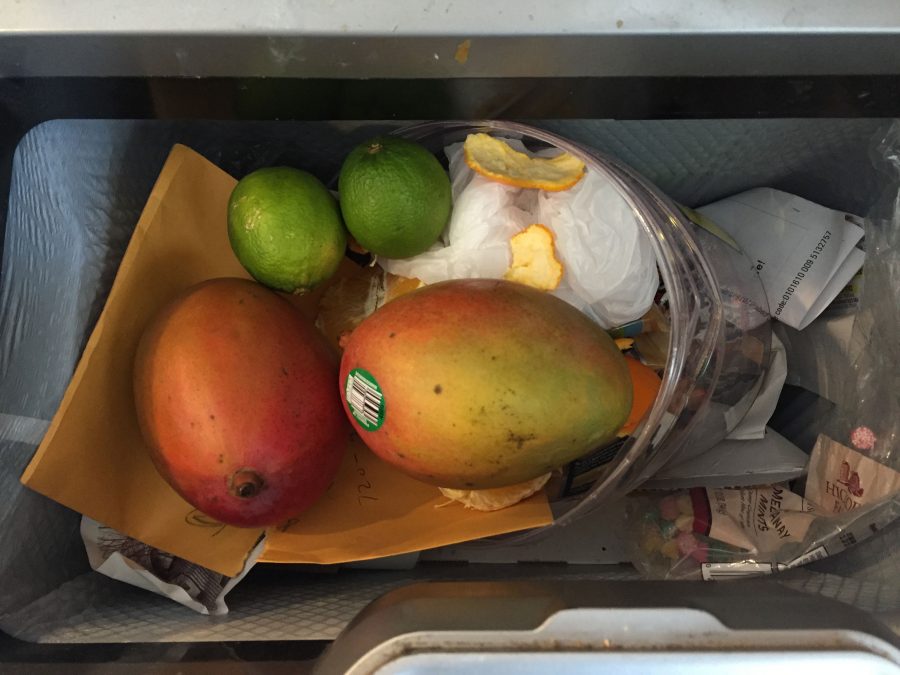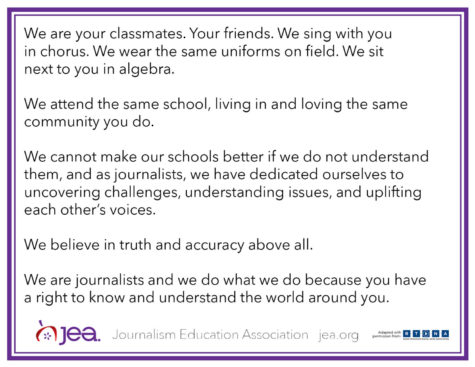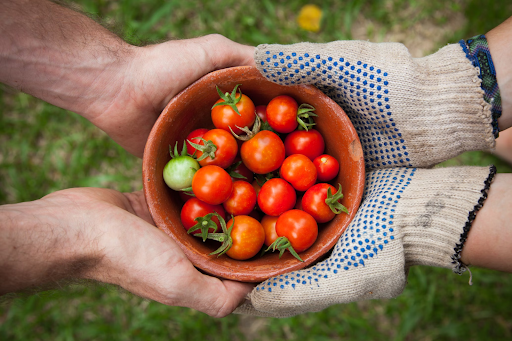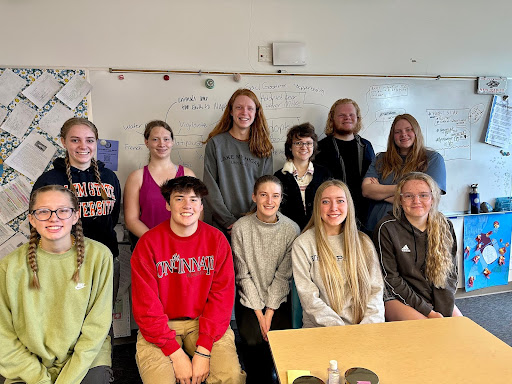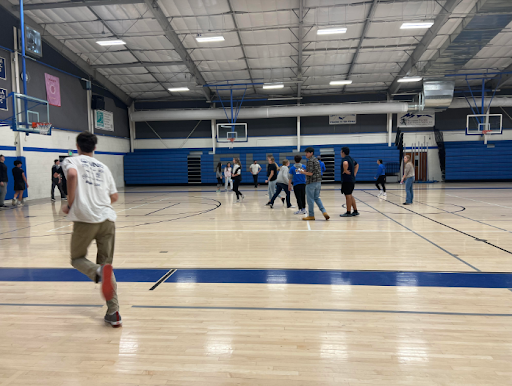Our Eyes Are Bigger than Our Stomachs
January 23, 2017
Recent studies show that it’s your eyes and not your stomachs that determine how full you feel after a meal. Plate wastage tends to vary depending on the type of food, thus making fruits and vegetables the most wasteful products among other foods, such as junk foods. Wastage happens at all steps of production, handling, storage, processing, distribution, and consumption. However, agricultural production is responsible for the greatest amount of total food wastage volumes, contributing to 33% of the total wastage (greenfacts.org).
The USDA has issued a new technique called “Smarter Lunchrooms Self-Assessment Scorecard” to help reduce food waste in schools. A study by the Healthy Hunger-Free Kids Act found that many school children were taking the required fruits and vegetables and throwing them away. Researchers from the University of Vermont found that children were “made” to get all of these fruits and vegetables in order to maintain a healthy lifestyle, simply because of the requirements the USDA mandated in 2012. As a result, food wastage increased by 56% in 2012.
When asked if she finishes her lunch, freshman Katie Cannon said, “Most of the time I finish my lunch.” She also brings vegetables and fruits to school, almost never junk food. Katie rarely ever throws any food away, but when she does, she throws away her bread. Freshman Evan Stearns, also said that he finishes his lunch; his lunch being the cafeteria food. Along with that, he also brings a granola bar to snack on. Evan does throw away the cafeteria food that he doesn’t eat, but he doesn’t usually throw away a lot.
“Change takes time. This really rocks the school nutrition world. We have to have patience with this and not give up hope yet.” -Sarah Amin (Researcher from the University of Vermont)
Of a poll involving 216 BHS students, 86 people (39.8%) said that they don’t finish their lunch on a regular basis. The carbon footprint of food produced and not eaten is estimated to 3.3 Tonnes of carbon dioxide. Land degradation is an important factor in food wastage. Food that’s not consumed or consumed but not eaten puts the soil in worse shape than it already is, thus adding undue pressure on the land. Food is the single largest component going into landfills, when broken down it turns into methane – a potent greenhouse gas with over 20 times the global warming potential of carbon dioxide.
Help your environment by cutting your fruit into smaller pieces, making them less likely to be thrown away. Composting thrown-away food can be a great use for a school garden. Excessive food can be donated to food banks, soup kitchens and shelters (Learn more here). By reducing food waste, the 1.3 billion tonnes of food wasted a year could be eliminated, and would help the environment and resources that humanity itself depends upon. So in reality, our eyes decide what we eat, not our stomachs.


